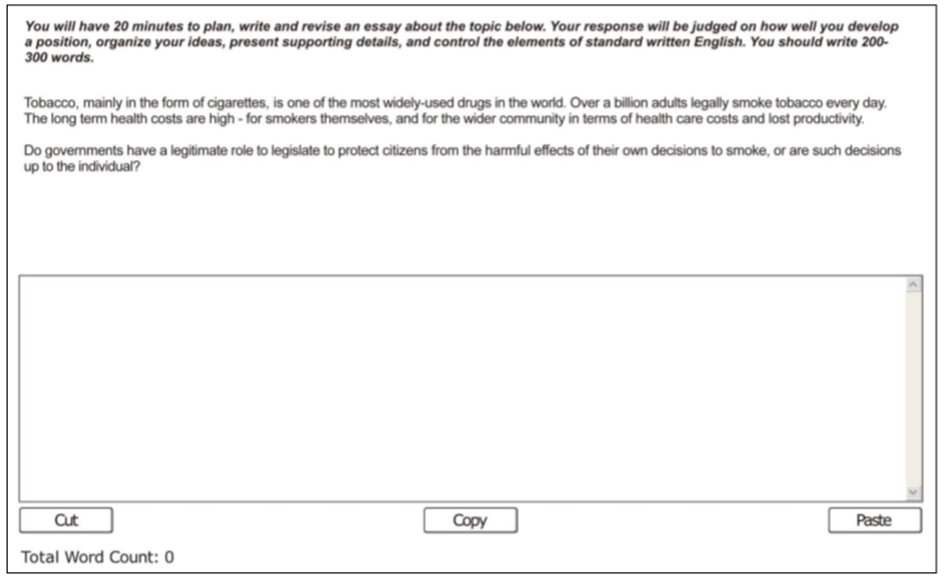Reading: Fill in the Blanks: Tips and Strategies
The fourth question type of the Reading module, Fill in the Blanks, requires you to complete the passage with missing words. You will be provided a list of words to fill in the blanks in the paragraph. Select and drag the word in the gap to answer it. You will have to answer 4-5 questions of Reading: Fill in the Blanks.
Prompt Length: Text up to 80 words
Skills Assessed: Reading
Time To Answer: Not Applicable(You are given 29-30 minutes to complete the whole Reading section)
Attempting the question:Left-click on a word to select it; keep the left mouse button held down and drag the word to the gap where you want to place it. You can also drag words between gaps to change your answers. To remove a word from a gap, drag it back to the blue box.
Scoring:If you correctly place all the right answers in the gaps, a full score is provided. However, partial credit is given in case of incorrect answers. The score of this question type only impacts your reading
- 1. Content: Make sure that your response addresses the topic. Use details, examples, and explanations to support your answer.
- 2. Development,structure, and coherence: Create a well-developed response that uses logical organization of the information. Effectively connect ideas and explain these connections.
- 3. Form: Make sure there are 200-300 words in the essay. If the essay contains less than 180 and more than 380 words, no score is given.
- 4. General linguistic range: Use the language that clearly states your ideas. Provide clear descriptions, change emphasis, and eliminate ambiguity for a better score.
- 5. Grammar usage and mechanics: Your response must be grammatically correct. Correct sentence structure, capitalization, and punctuation give a better score.
- 6. Vocabulary range: Make use of synonyms, and idiomatic expressions, and avoid repetition to make your content more impressive.
- 7. Spelling: PTE accepts spellings from the United States, the United Kingdom, Australia, and Canada. You have to be consistent in your spelling.

Tips and Strategies for Essay Writing
- 1. Analyze the statement: Take time to analyze the statement. Note keywords, find out the topic,and think about the words that can be used. Make sure you understand the prompt clearly. Read it again and again to get a better idea.
- 2. Organize your thoughts: Bring together all the information and ideas in an organized way so that the essay is fluent.
- 3. Be careful while starting the essay: The prompt may ask you a question (agree-disagree) or it is a simple statement. Start your essay accordingly.
- 4. Focus on details: Mention details and examples when writing the essay. Check for grammar, linking words, punctuation, and spelling.
- 5. Use a defined form: Start with an introduction followed by the body of the essay and then a conclusion.
For more tips and strategies, you can register with SGES Education.

